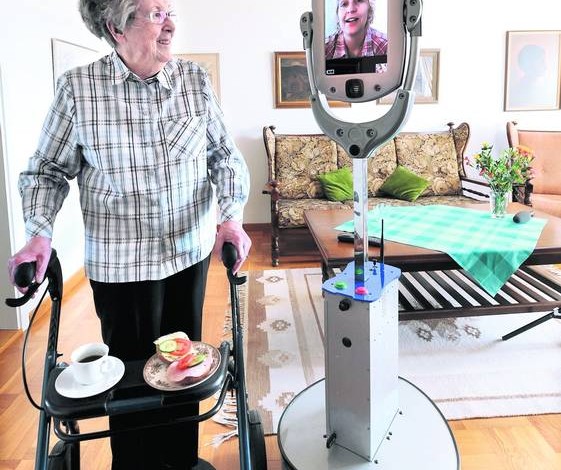Guest Blog by: Almira Osmanovic Thunström
When I was seven my beloved grandfather Bego told me something that has stayed with me my entire life, and possibly inspired me to become a neuroscientist. He told me, “When all else is gone and lost, only the memory of it remains, make sure to remember”.
He had survived two world wars, in which he had lost more than I could ever imagine; family, friends, and a home, and many more tangible things that many of us take for granted. My grandfather died too soon, and suffered a cruel faith, loosing those memories he so dearly cherished. As I wander around at the Swedish Dementia Days, a conference for patients and all those involved in their care, I remember my grandfather, and those precious words. I think of him, and if perhaps one day I too will loose my most precious possession, my memory of him.
What we know about dementia now
Unlike my grandfather, I am lucky to be a part of an era in which we know the mechanisms of many dementia types, and we know their genetic and environmental risk factors, even if we still have a long way to go in terms of prevention and cure. I am fortunate to live in a time of great technological visionaries and a time where dementia is no longer stigmatized and brushed off as “something that belongs to normal aging”. Disease pathology may start as early as 20 years prior to symptoms, and the most prominent and early characteristic are changes in personality as well as weakened episodic memory. Dementia, particularly Alzheimer’s disease, is also characterized by structural changes in the brain and detectable changes in several biomarkers. It affects about 1 out of 10 individuals after the age of 65, and 1 out of 3 after the age of 90. Most dementia types do not entail sudden or complete loss of memory formation and retrieval, but it is a process that progresses and changes in characteristics as time passes, as in any disease. A lot can be done along the way.
The future of forgetting
That brings us back to the technological visionaries. As a dementia patient I would hope to do two things, 1) preserve as much as I can of my cognition and 2) maintain my autonomy. That’s where everyday technology comes in to play. When my beloved grandfather passed away in 1992, 0 out of a 100 people owned a cell phone in our home region, and today 84 out of 100 people do according to World Bank Statistics. Today’s cells phones are able to act as telephones, computers, and as I’ve discovered during this conference; memory aids.
More and more health care professionals are realizing that their elderly patients use cell phones, computers and tablets more and more frequently. Companies such as Abilia have created a business model upon this fact and are thriving in the market of apps, software and hardware designed to make the life of those suffering from cognitive difficulties more organized. Items such as Memoplanner make it easy for a dementia patient still living at home to make Skype calls to relatives, to keep a visual schedule of “things to do and meds to take” and to remind them of a large variety of other activities. Companies such as Posifon have watches that act as GPS trackers, so that even those with weakened spatial orientation can move outside of their homes, and in case of getting lost, can send a signal to be found by a loved one or the authorities. Just having this device can act as a stress relief for many dementia patients. One of the most prominent protective factors against cognitive decline is social interaction. Devices such as Giraff, Joice and Ippi enable social interaction for those unable to make a long trip outside the home. Ippi can be used without Internet or computer and both Giraff and Joice are adapted to be used by people with very limited mobility and cognitive capacity. And there are countless companies which were not represented at the conference with are using their knowledge and creativity to turn the everyday tech we use in to cognitive aids. In fact, the Medical Aid Institute was instigated in Sweden to find prominent tech visionaries. The institute gives support and money to entrepreneurs who wish to develop and test new cognitive aid technology.
Memory Banking
There was one area missing though. Despite the wide range of hopeful messages and cognitive aids, there was not a single company aimed at preforming “memory banking”. Allowing newly diagnosed patients to record their memories and everyday life in hopes of leaving a digital print for their loved ones, or to improve their own recall abilities. This is where the future lies. I leave with a sense of hope, and newfound memories, which I hope I’ll get to keep or store safely in the future.
Almira Osmanovic Thunström is a 21st century Neuroscientist with a 19th century heart and curiosity. Initiator of http://www.SciPhiLab.com. C



